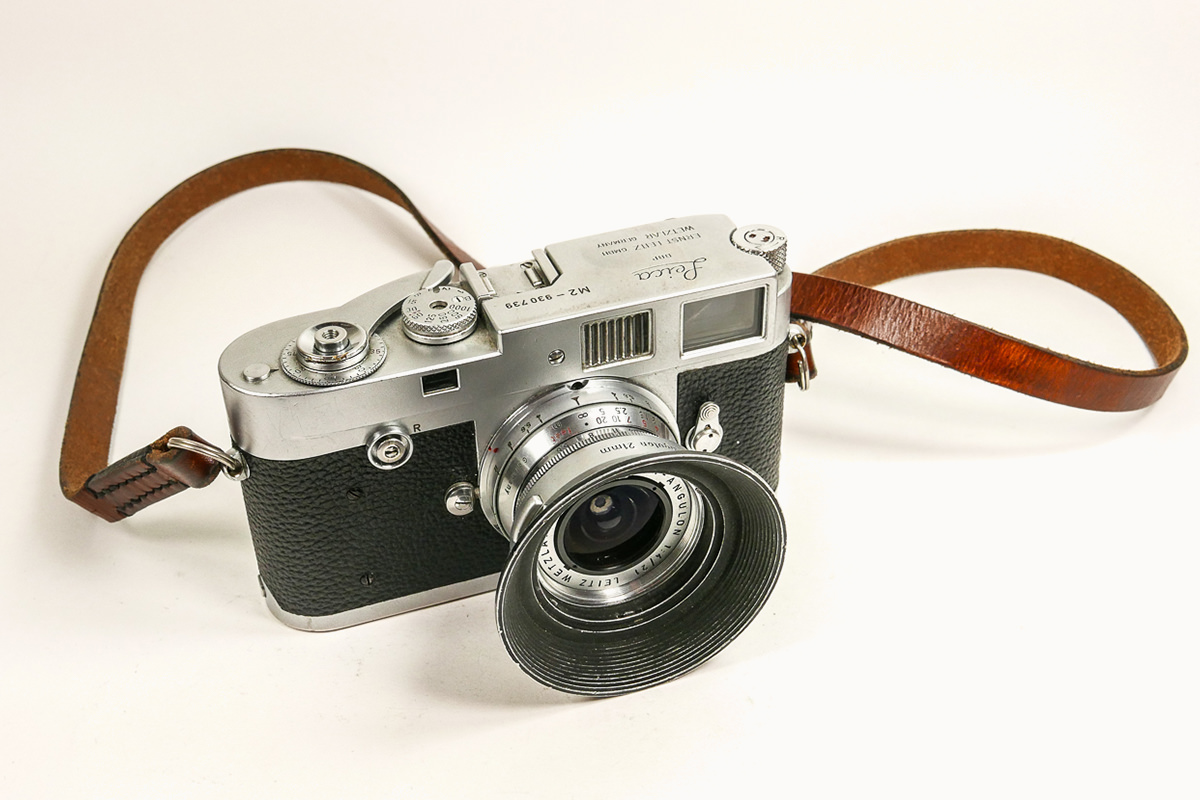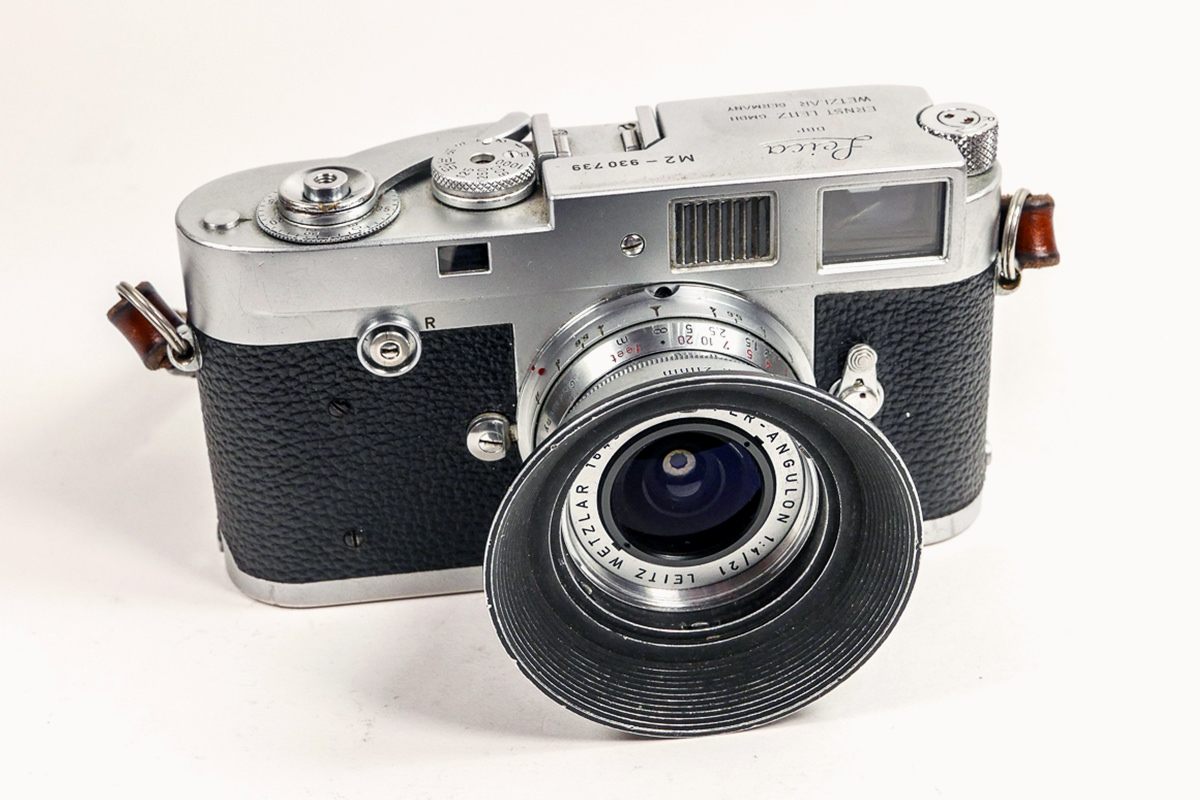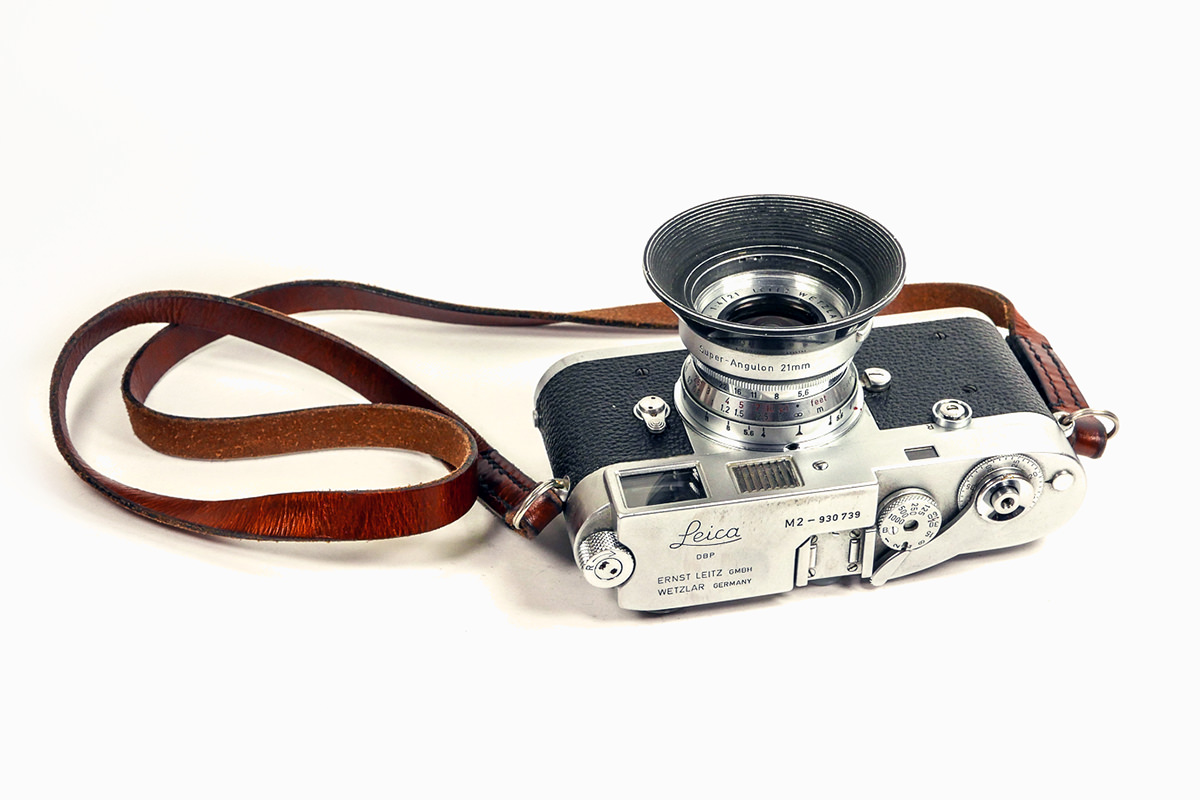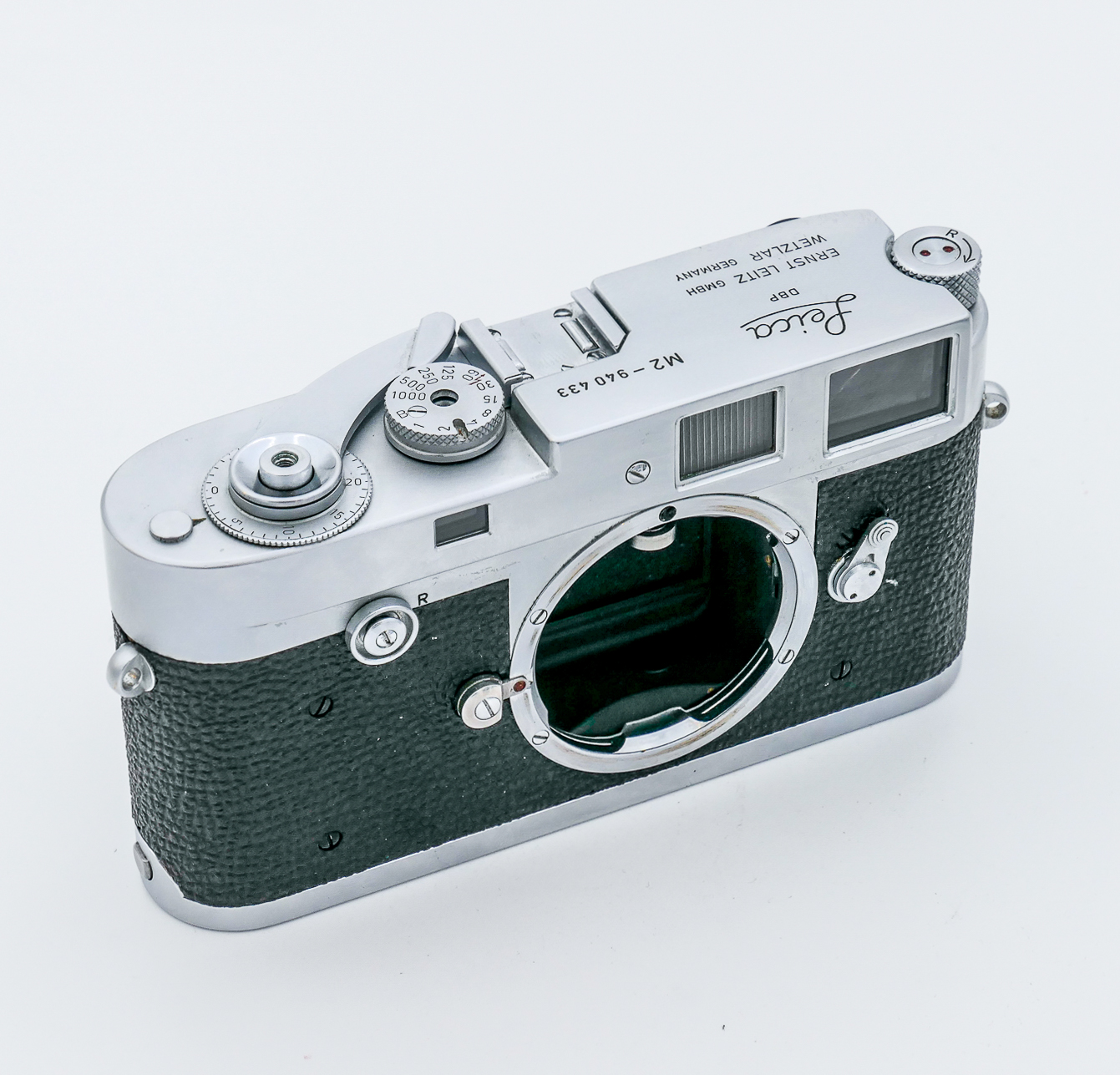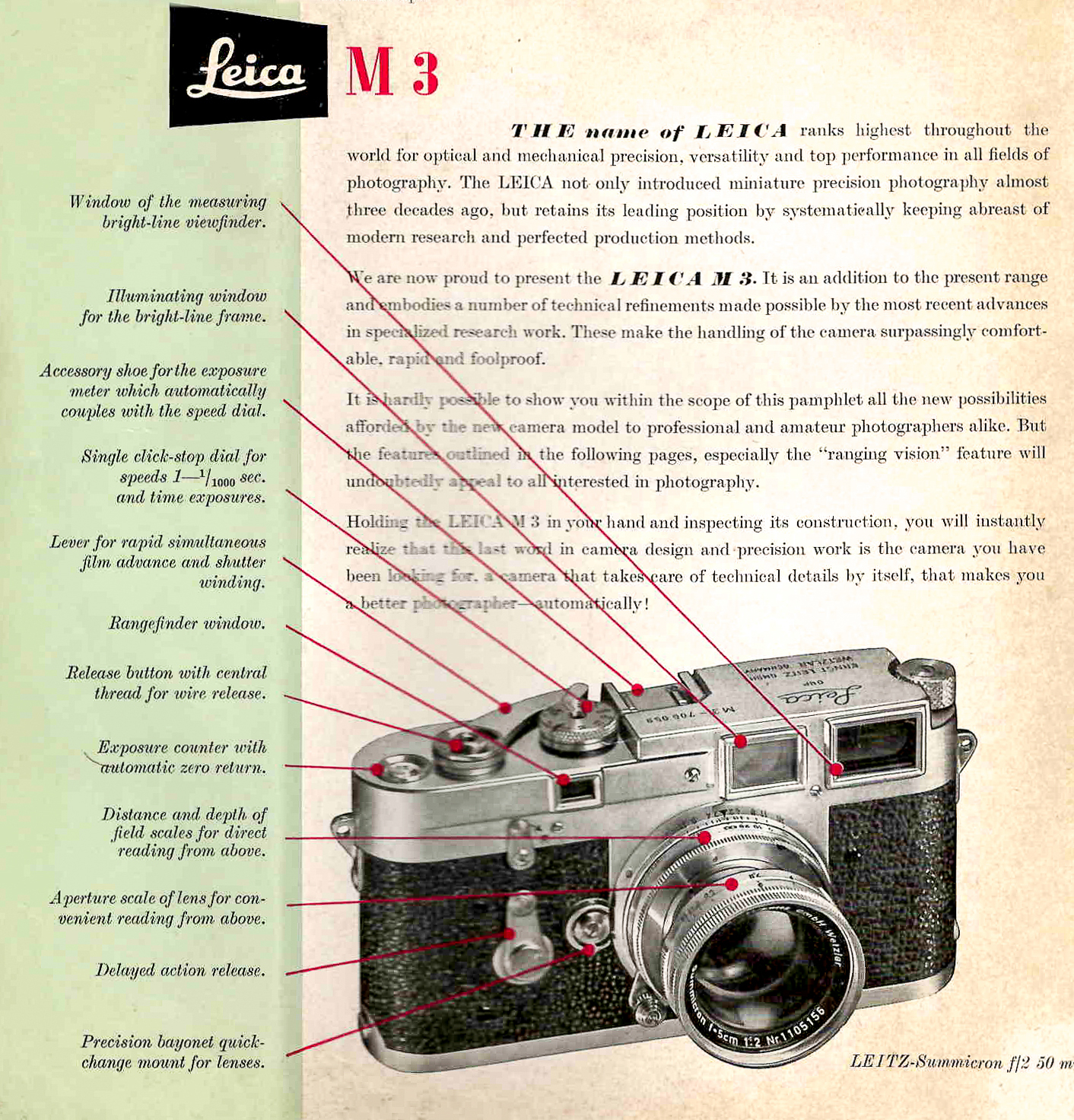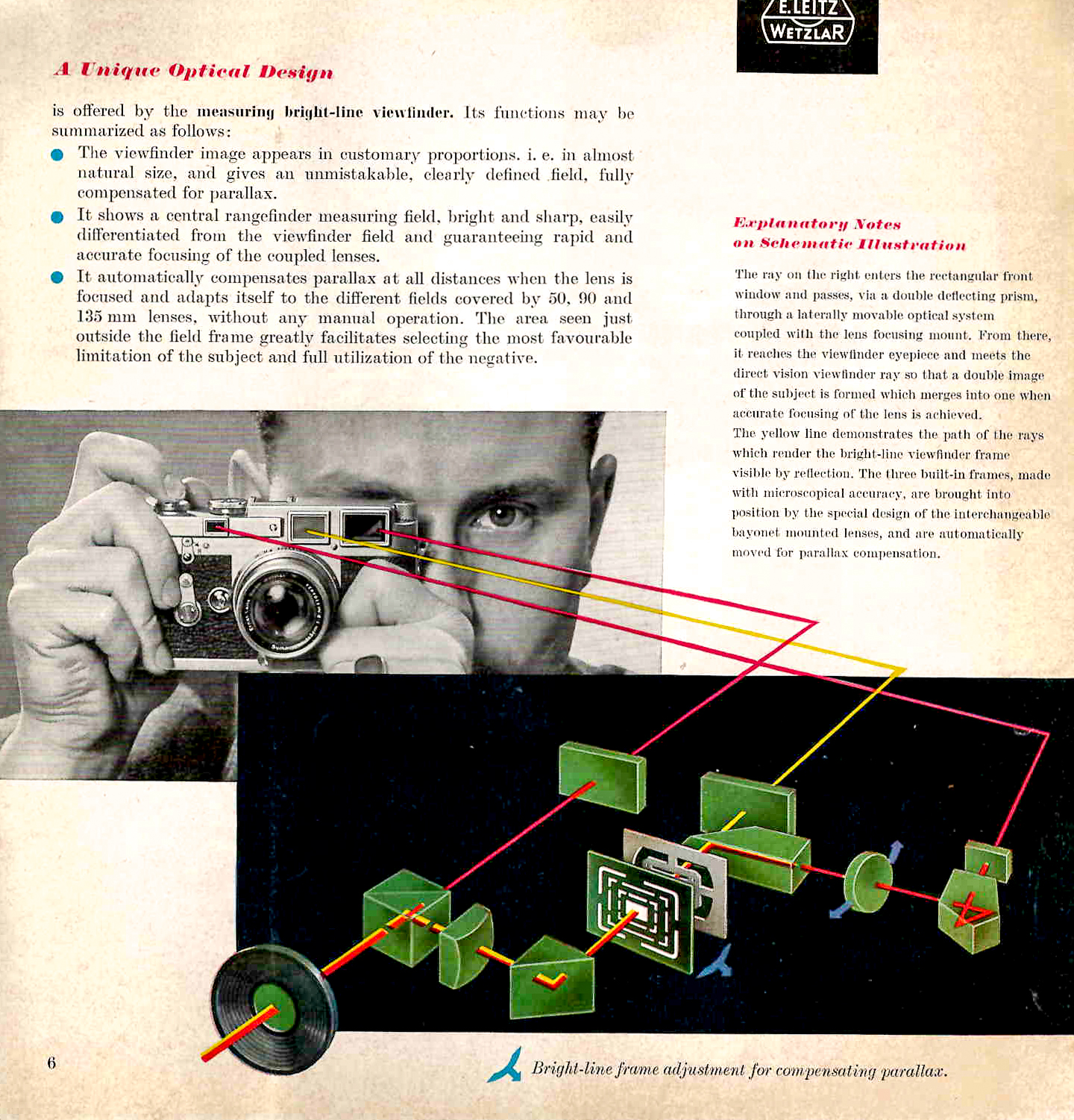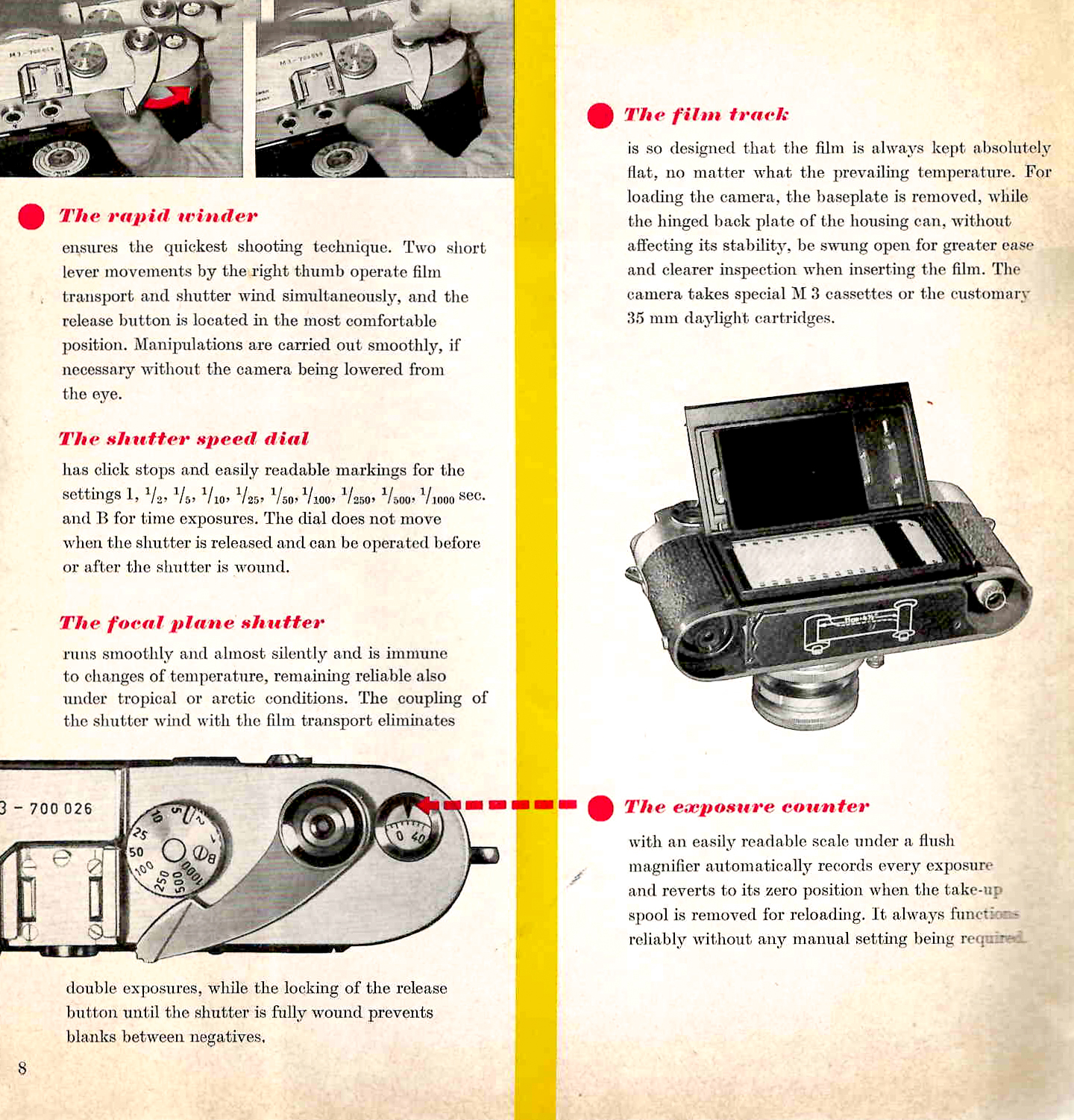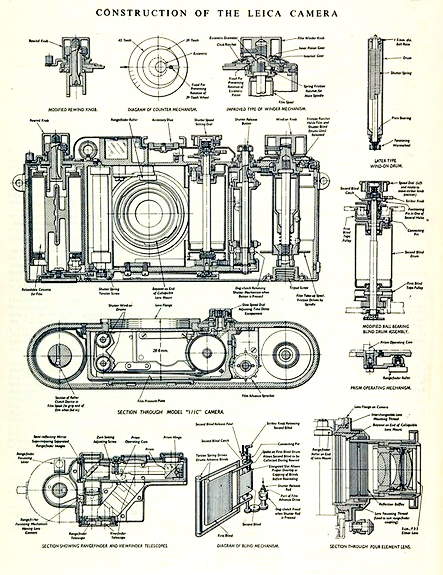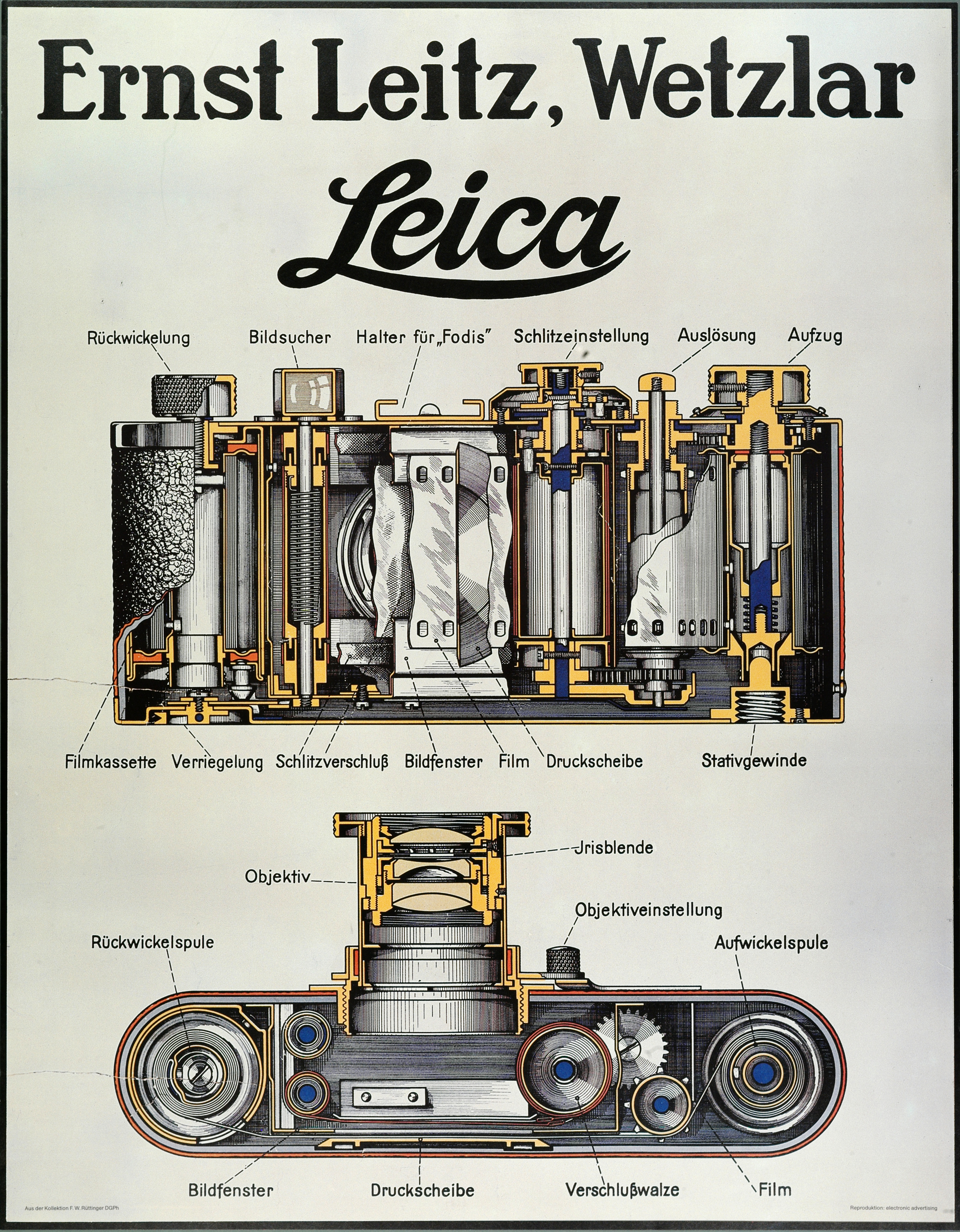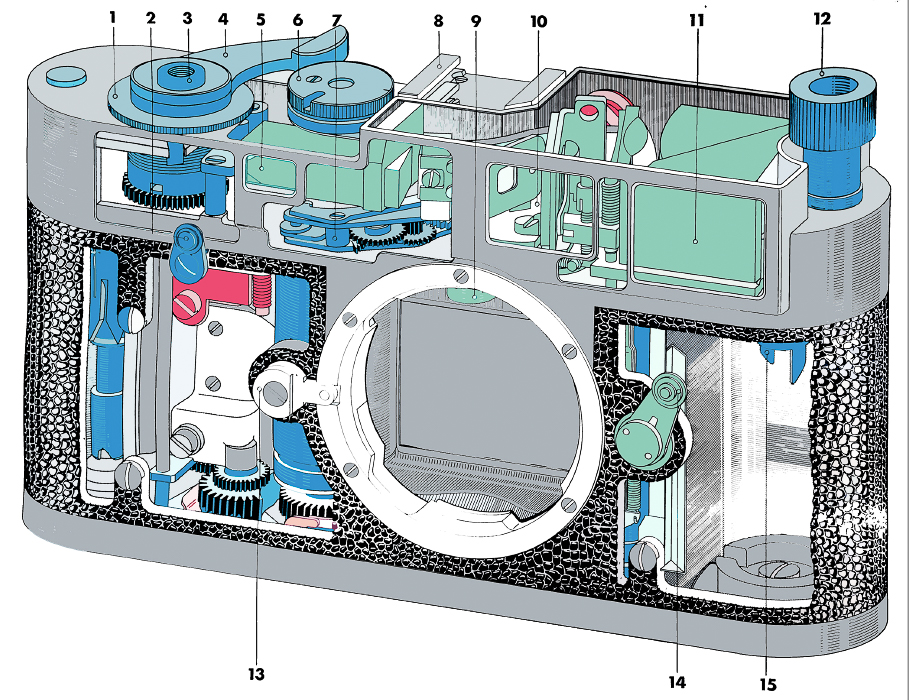Why The Leica M Rangefinder Camera?
Why do so many photographers use – and love – the Leica Rangefinder?
Why do so many photographers use – and love – the Leica Rangefinder?
Here are what I believe are the reasons, plain and simple:
- Only the Leica M allows you to see what is about to happen in your frame.
- The Leica M is extremely accurate and extremely rugged in nearly all conditions, thanks to the world's finest optics and precision German engineering.
- The Leica M is unobtrusive – it is small, lightweight and stealthy, and well suited for intimate photography.
- Nothing else in the world feels like a Leica.
Others may stress different qualities in different orders, but these are the reasons that I am so sold on Leica M cameras. Rarely do I use anything else, not only because it is my family business (although that helps!) but also because I am hard on my gear and demanding of results, and those – along with a lot of broken cameras and missed shots – has led me to swear by the Leica M.
My Leica journey began when I fell in love with the Leica M as an objet d’art – not because I was an aspiring photographer who wanted a good camera, or even a camera for any particular purpose – I just thought, “This thing looks so cool.” It was an early Leica M2 “button rewind” and I saved and saved for it, finally buying my first Leica based upon price – it was all I could afford. The vulcanite was in tatters. There were burrs and scrapes on the metal, bright marks and pin dings. It had been well loved. My first Leica. Most Leica owners buy these cameras because they are the right tools for the job, and many others because they heard good things about Leica and they like quality objects, and some buy them simply as a status symbol. I just admire the aesthetic, and plus, I grew up around Leica.

Company founder Stan Tamarkin, hard at work in the family home-office, circa 1983
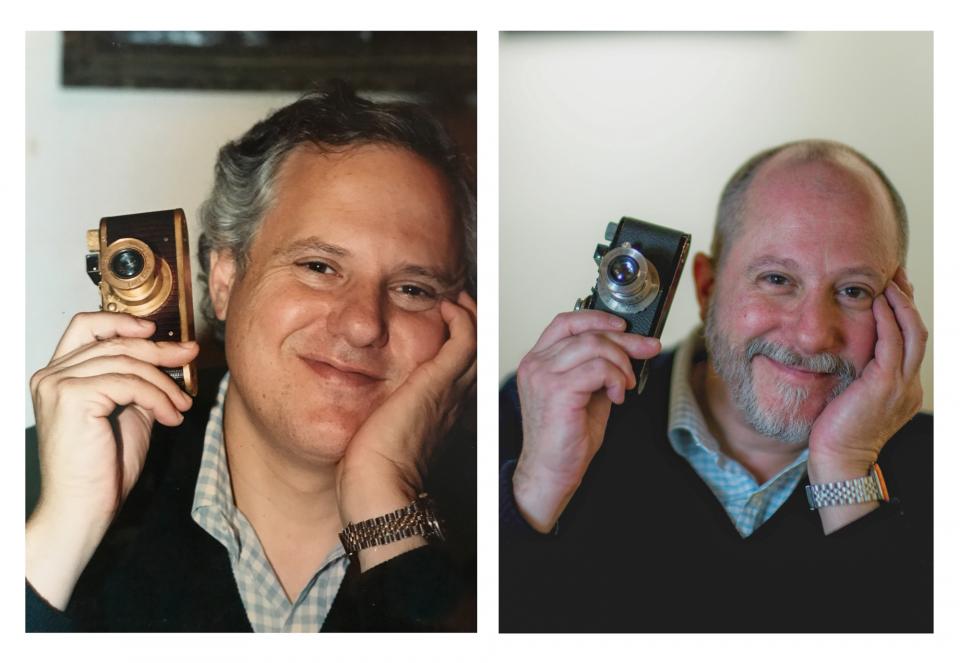
Stan circa 1983 with a Luxus camera, and his eldest son, Dan, some 35 years later, carrying on the family tradition.
Enough about me; this page is supposed to be about the Leica M Rangefinder camera...
Ultimately, any camera body is just a box with a shutter. So long as the shutter is accurate, it works as well – or as poorly – as any other. But what makes the Leica M so special? “M” stands for “Messsucher,” which in German is the word for a combined rangefinder and viewfinder.* There is no mirror or prism, so you are looking directly through the rangefinder window at the world – nothing impedes your view. Bright frame-lines in the rangefinder guide your composition, and change automatically when different focal length lenses are mounted.
Leica M cameras do not use zoom lenses, and this is an important thing to know. Since you are not looking through the lens itself, rather through the rangefinder window, you can’t zoom. Although, digital M cameras have the advantage of using a wide variety of lenses – including zooms – with the Live View feature.
[*I use these terms interchangeably since the VF and RF are a combined unit in the Leica M camera].
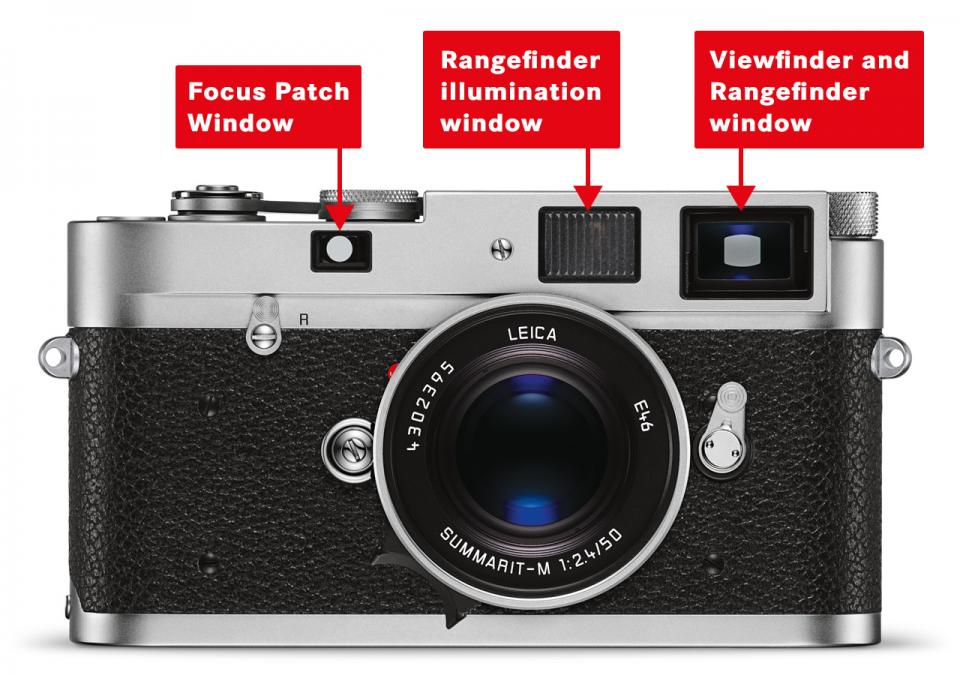
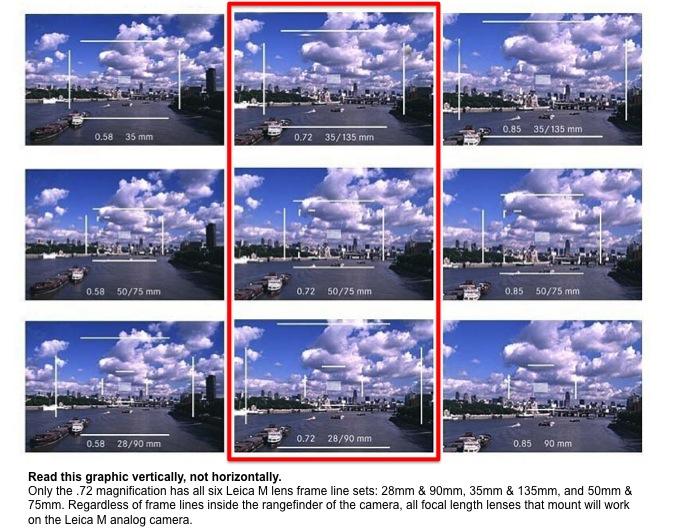
Because the rangefinder is situated above – and to the left of – the lens, these frame-lines are an approximation of the image the lens sees and will capture. This allows the photographer to view the world through their rangefinder and see action unfold before – or, most importantly, as – their subject comes into frame. This is the single most important feature and tremendous advantage that the Leica M camera offers. That’s it. This is why you'll hear Leica owners say, “There is nothing like a Leica!”
Think about it this way: every SLR and DSLR photographer who ever took a picture, never saw that photo in “real life” – not one of them. Click the shutter button and the mirror goes up, allowing the shutter to open and close. In doing so, the mirror shuts off the eye’s view, meaning that the photographer never actually saw the image! Now, our brains are amazing organs, and missing out on that blinded fraction of a second does not ultimately affect our perception of the reality that just took place and the photo if it. Nonetheless, they never actually saw the picture that was taken.
With the Leica M, you see it all. You can quite easily – in fact, naturally and without any other effort than holding the camera up to your eye – anticipate each moment immediately preceding the click of your shutter. You capture precisely the moment you want to capture. No mirror obscuring your view, or the blinders of the focal length, no extra buttons or anything else to learn or remember…
The Leica M camera is about the most rugged camera ever built. I regularly stand on a camera in the showroom to the amazement of anyone present. The Leica M is not immune to gravity or sand or water or ice cream hurled in your direction, but it withstands these much better than other cameras. And, typically, Leica owners are more than a little protective of their cameras…
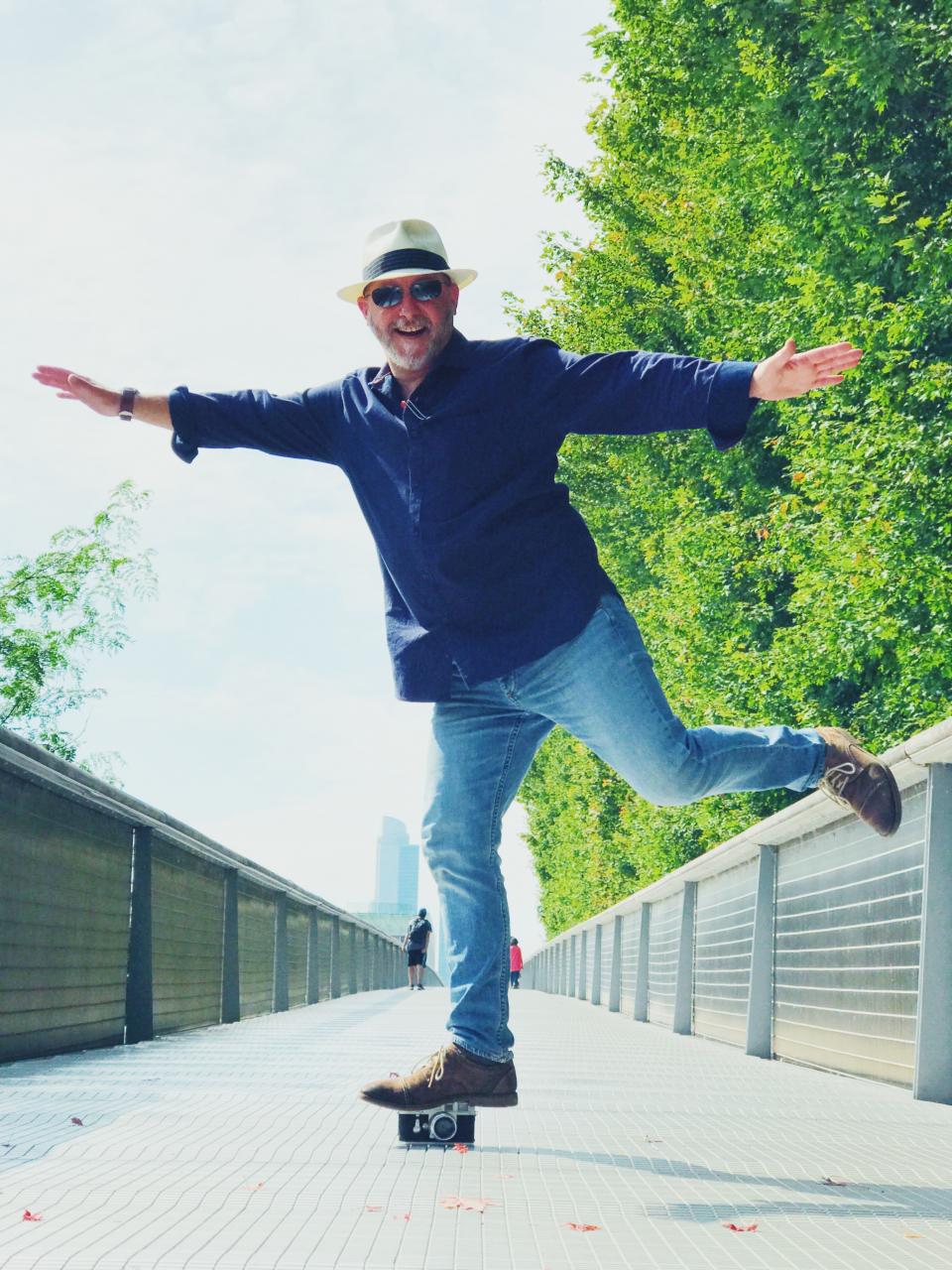
Not photoshopped.
Stop by our Chicago showroom, and see for yourself.
I’ve busted up plenty of cameras on hikes and climbs, bicycling, skiing, clowning around. I watched my Olympus OM-1 bounce down an icy arroyo in Colorado, rapidly losing most of the 1,000 feet of elevation we’d just gained in a long line of pitches. One of many Pentax K1000s got its prism crushed when it swung against a spruce as I stumbled, backing away from a bear and her cub. Another, dunked in an unnamed lake in the north woods backcountry, despite my attempts to save us all from the tipping canoe. I lost a few point-and-shoots to ski accident “yard sales” when the show was just too deep or my cart-wheeling fall just spectacular enough. Too many to mention. Hard learned lessons, each one. But I’d keep going back to camera shows and resale shops. I have to have a camera!
Once I began to use the Leica M rangefinder camera, my photography was transformed. Action was easier to capture since I could now “see it coming.” And I had saved for a year to buy my Leica M2, so I knew that I wasn’t going to let a sad fate befall this beautiful, tattered camera like so many of my cameras before! I simply would not let that happen – and I haven’t. My Leica has been my constant companion for more than 25 years. Well, 24 years, anyhow; it took me another year to save up for the lens.
The Leica M camera is a marvel of German precision engineering – with more than 1,000 parts in the analogue cameras – and without anything extra, or automated.* The Leica M camera is intuitive and simple, accurate and enjoyable. When you press the shutter, it works.
[*Except the M7 and Leica M digital cameras – call and I’ll explain it to you, or we can do the Zoom thing].
The Leica M is light and fast, unobtrusive and always ready, extremely accurate and a joy to use. It allows the photographer unfettered control over their shutter and aperture, and now with digital cameras, easy control of ISO values without burdensome multiple camera bodies, each loaded with a different film speed (remember those days?). They are unadorned, simple and elegant. They are at once timeless and modern, classic and cutting-edge.
The Leica camera is nearly silent. It is discreet and the perfect tool for capturing a moment without disturbing or altering it – simple as that. Now, the Leica M camera also happens to be extremely well made and has a satisfying and solid feel in the hand. They are all-mechanical contraptions and can withstand both freezing and very hot temperatures. The “focal plane” shutter is extremely accurate and is triggered almost immediately, without hindrance from a mirror or electrical signal – strictly mechanical. A Leica camera can be made to work accurately with fairly simple technology; the shutter apparatus has hardly changed at all since it was first introduced in 1926. But most importantly, the Leica M camera is stealthy, placing nothing extraneous between the photographer and his or her subject; it is the epitome of light and fast and allows photographers to get in closer to make more intimate and compelling photographs.
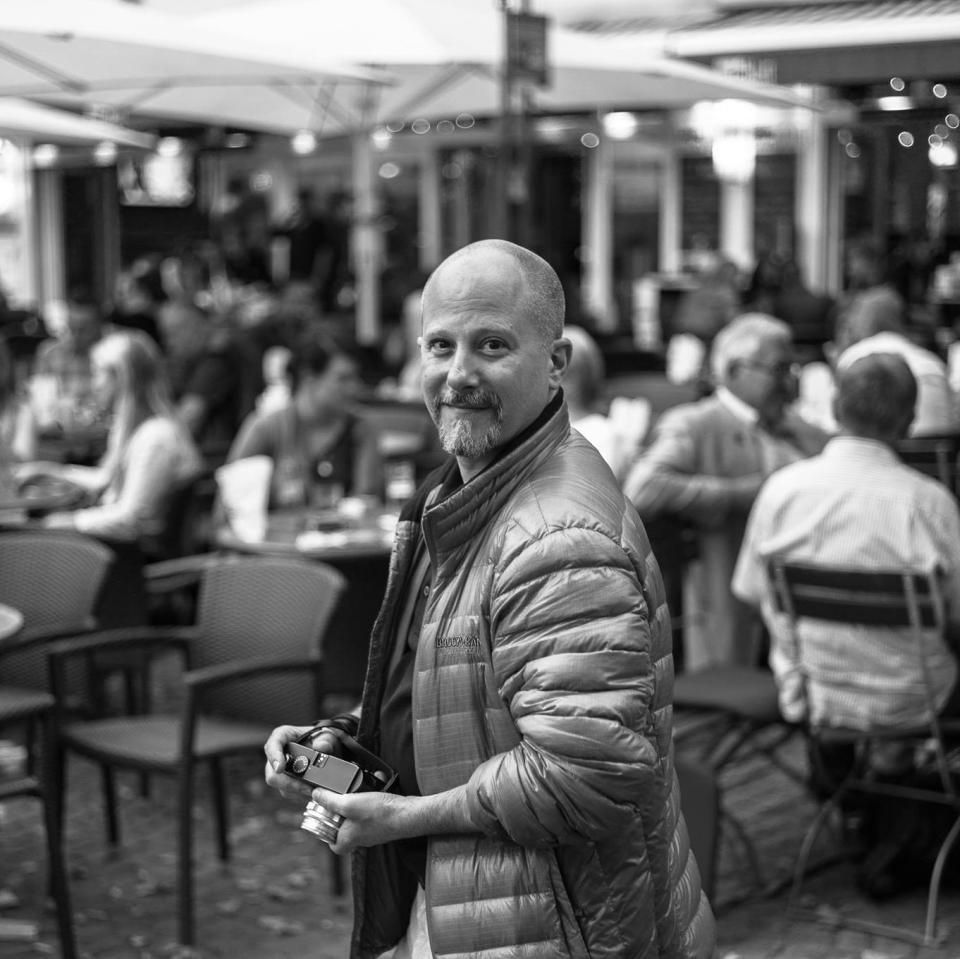
Traveling light & fast with just Miss Monika the Monochrom and a 50 Summilux f1,4 wandering about in Köln, Germany in 2014. Thanks to Simon Gosling for a favorite portrait.
Plus, nothing feels like a Leica. It’s true. This is my final point about “Why The Leica Rangefinder” – because the feel of the opulance and simplicity of the Leica M is like nothing else in the world. They are treasures, and the just feel good in the hand.
Form follows function, and the Leica M is no exception.
Some people are right-eye dominant and some left-eye. Which are you?
This is the eye you’ll likely be using to frame your image in the Leica M rangefinder. Who cares? Well, if you are fortunate enough to be right-eye dominant, as about two-thirds of people are, you can continue to engage your subject and the world through the left eye as you use the camera rangefinder. Lucky dogs. I’m left-eyed, which means I must hide my right eye and face behind the camera, which some photographers feel is a disadvantage. I don’t necessarily, but many people do feel it’s a disadvantage. Anyhow, this is important when discussing the Leica M camera.
[*You may see photos of me shooting “right-eyed” – these are posed. I do feel it is a slight disadvantage to be left-eyed, but this is only an opinion. Don’t let anything slow you down. Shoot your heart out, however you like to do it and are most comfortable.]
Speaking of interacting with the Leica M rangefinder, let’s talk about what all this means in practice. I’ve mentioned already that the Leica rangefinder allows you to view the world through the rangefinder and to see action unfold as your subject comes into frame, and that this is the single most important feature and advantage of the Leica M camera. The camera is fairly small compared to DLSRs, which often gives the impression that it is less able, or not a professional type of camera, and so people seem to relax a bit more around the Leica M.
Nearly every day, I find myself telling clientele and visitors in the gallery, “When I carry my Leica, most people see me and think, ‘Look at that guy over there using that crummy old camera. What a shame,’ and they’ll continue snapping selfies on their phones… Don’t worry about carrying a (sometimes) expensive Leica – most people have zero clue what it is or its value… but the ones who do, they’ll approach you unabashedly with a gleam in their eye and drooling, perhaps, and they’ll start talking about lenses and camera models, and so on. You’ll immediately have made a new Leica friend.” And it really is true: 85 percent of people have absolutely no idea what the Leica M is and how costly they can be. But that other 15 percent are rabid fans, and we all love to talk about Leica and share stories. I’ve rarely met a Leica owner who doesn’t...
Ready to own a Leica? Have more questions? That's what we're here for. Contact us by phone or email – we are happy to share what we know and offer advice.
Call us at (800) BUY-LEICA (800) 289-5342 and we can answer all your questions, on the phone, over email, or in a personal Zoom meeting.


